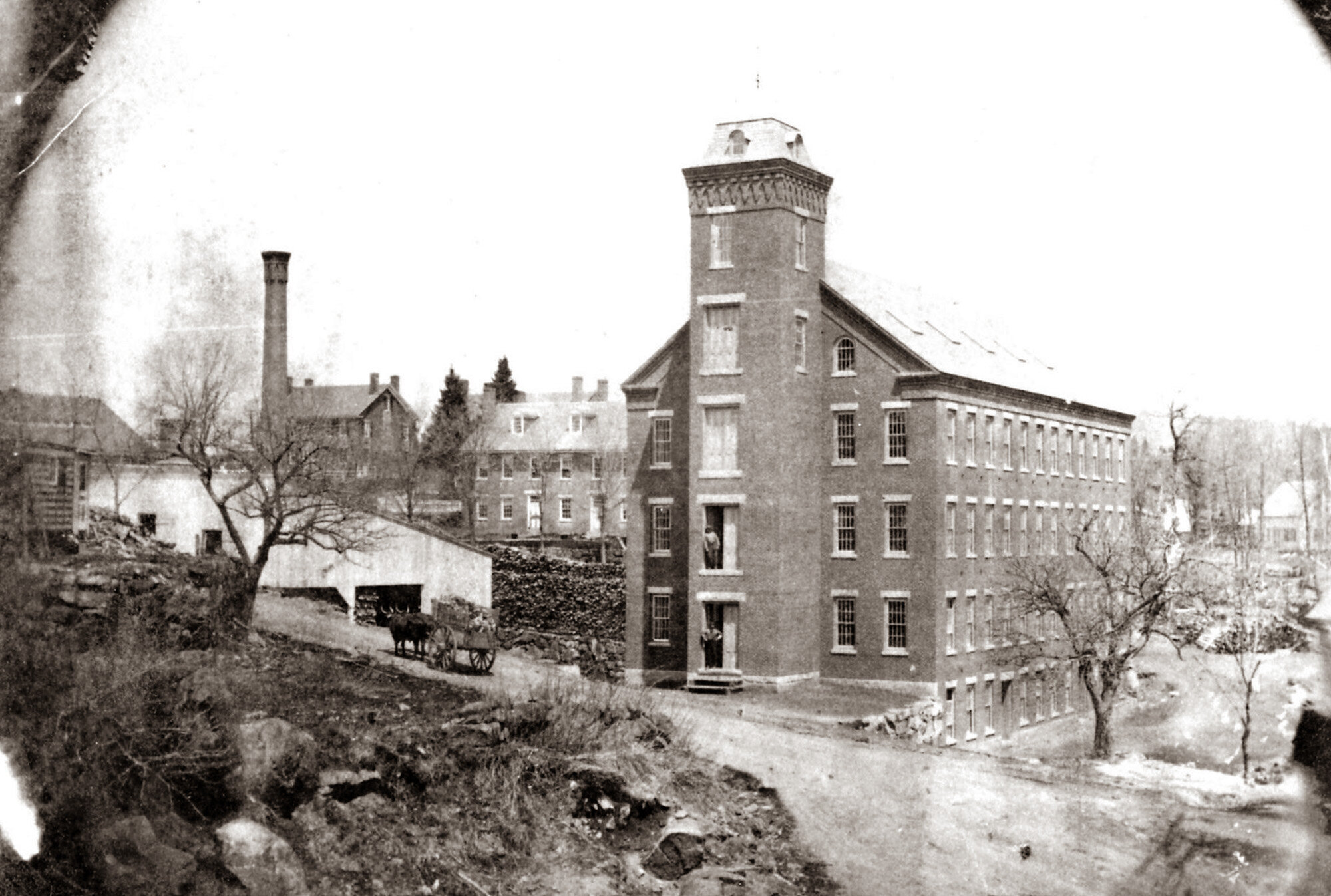
The History of Harrisville
About the Community
From its earliest days, the mill village was defined by water—ten square miles of watershed and by Goose Brook, where water fell 100 feet in the course of a quarter mile. A cluster of water-powered woolen mills, storehouses, boarding houses, tenements, and homes, were built during a 50-year period, roughly 1820-1870, a time when textile mills transformed the economy of New England.
The woolen industry became the lifeblood of the community. As much as 45% of the village population worked in the mills as carders, spinners, dyers, weavers, finishers, and mechanics. Beyond that, the countryside supplied wool for spinning, wood for the boilers, and food for the population.
The Harris family, for whom the town is named, established the factory village early in the 19th-century. It was followed by the Colony family and their Cheshire Mills about 1850. By 1900 the Harris family had ceased operations and sold their holdings to Cheshire Mills.
Cheshire Mills, one of the last New England textile mills in operation, closed its doors in 1970. But there remains in Harrisville a collective memory: the daily clang of the work bell that called workers to the mill; the skills required in spinning and weaving; the sound of the factory in full operation; and what it was like to grow up in the tiny, close-knit world of the factory village.
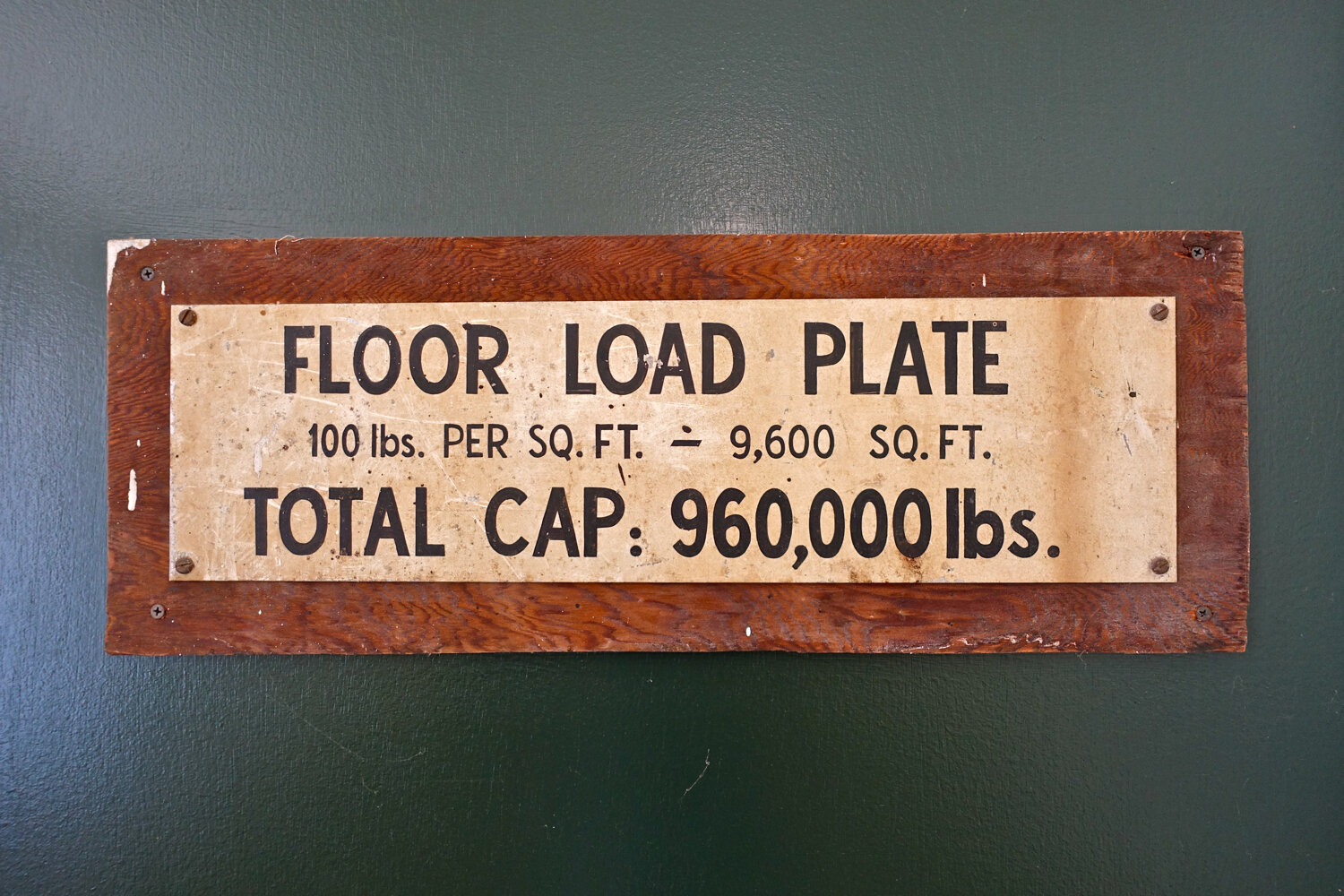
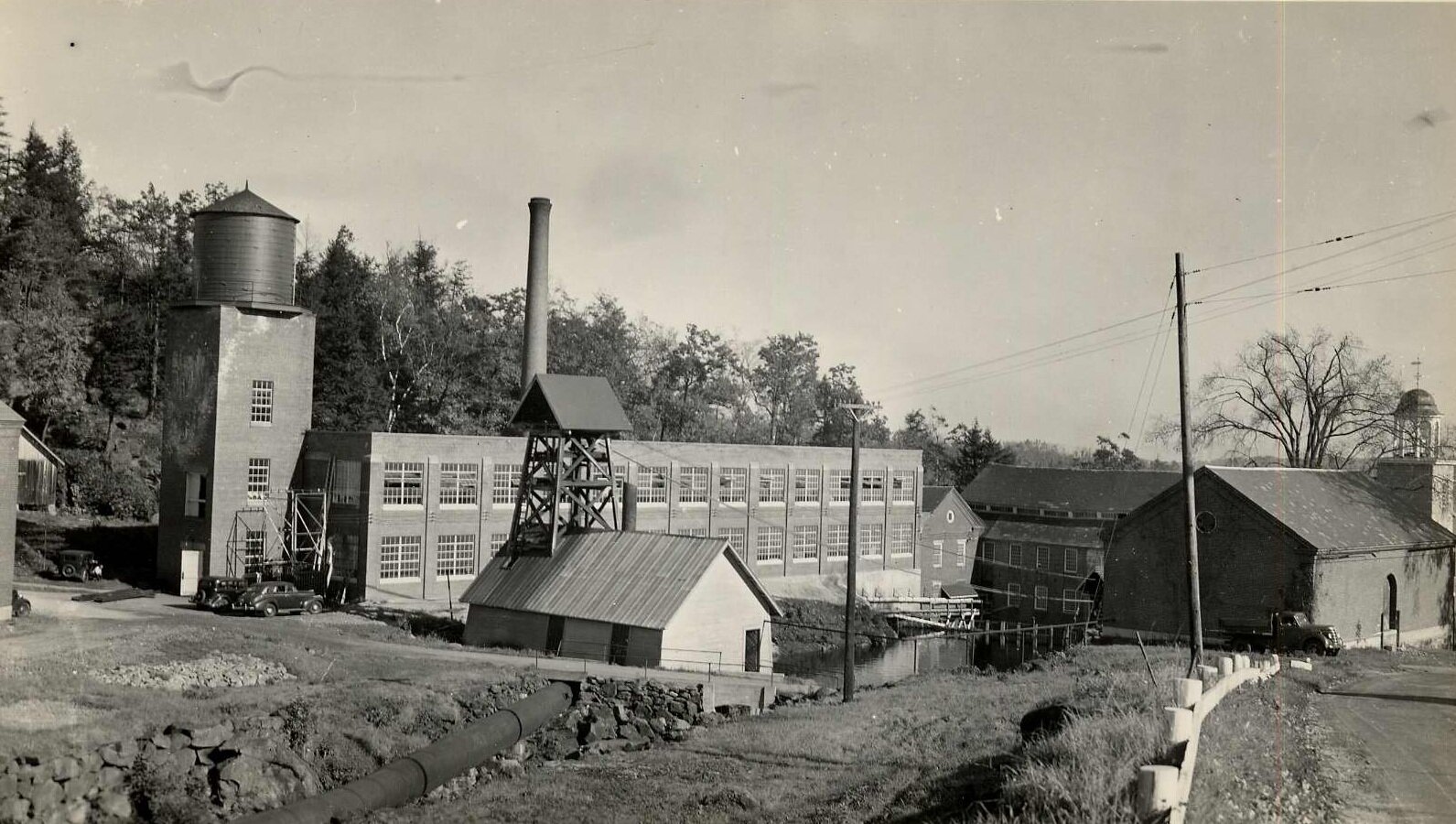
Historical Accounts
Glimpses from the Past
Our Story
The 2023 film Red Brick Village tells the story of Historic Harrisville and explores several key questions: Why do the red brick buildings of Harrisville still stand today when so many mill towns were sold for scrap? And why does Harrisville remain to this day a place where people work and raise families? The film was produced by Ann Colony and is the creation of filmmaker and musician, Ned Porter, who got his start working on PBS’s flagship programs, including NOVA, American Experience, and Frontline. You can watch the film below and read an interview with Ned on our website.


















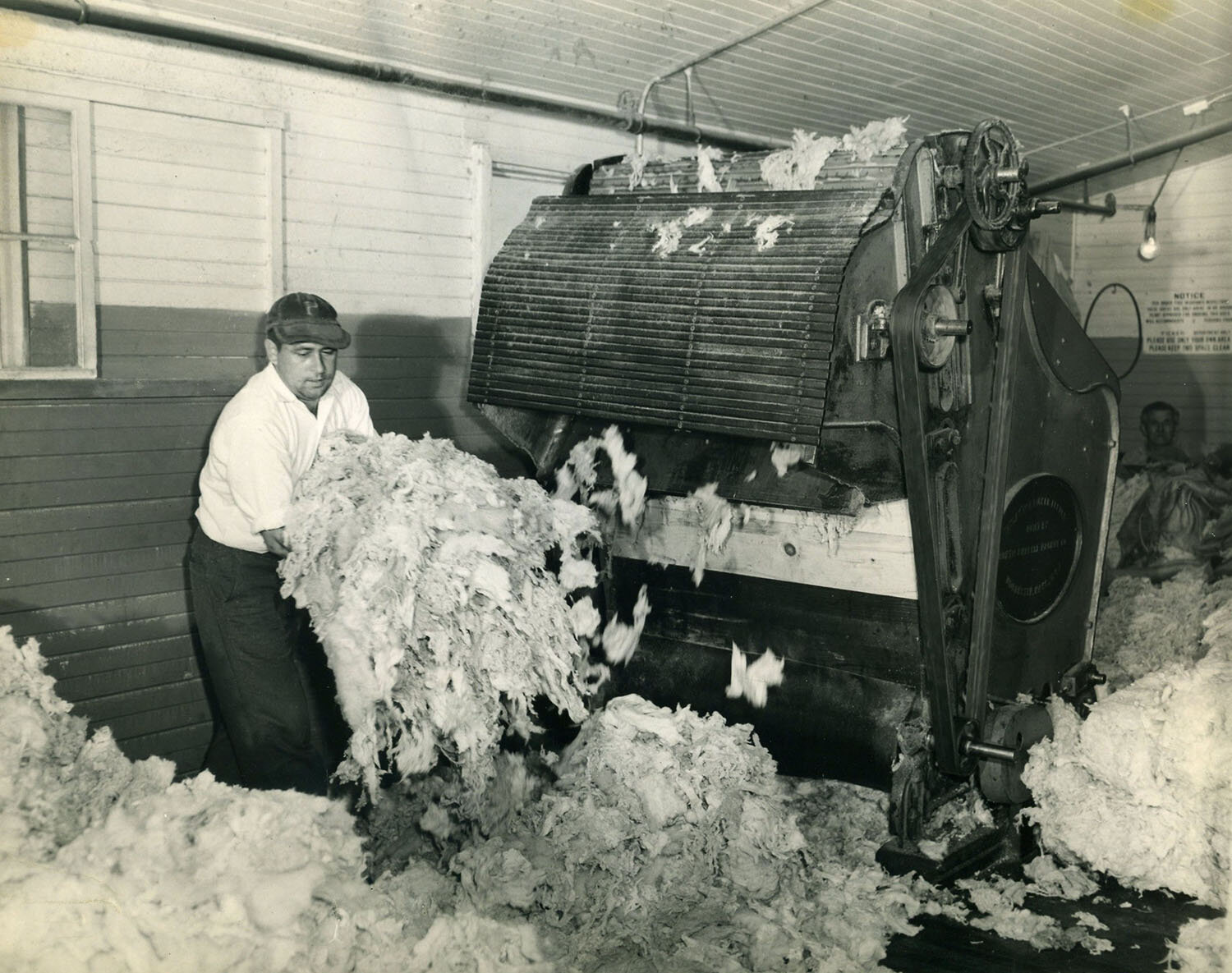
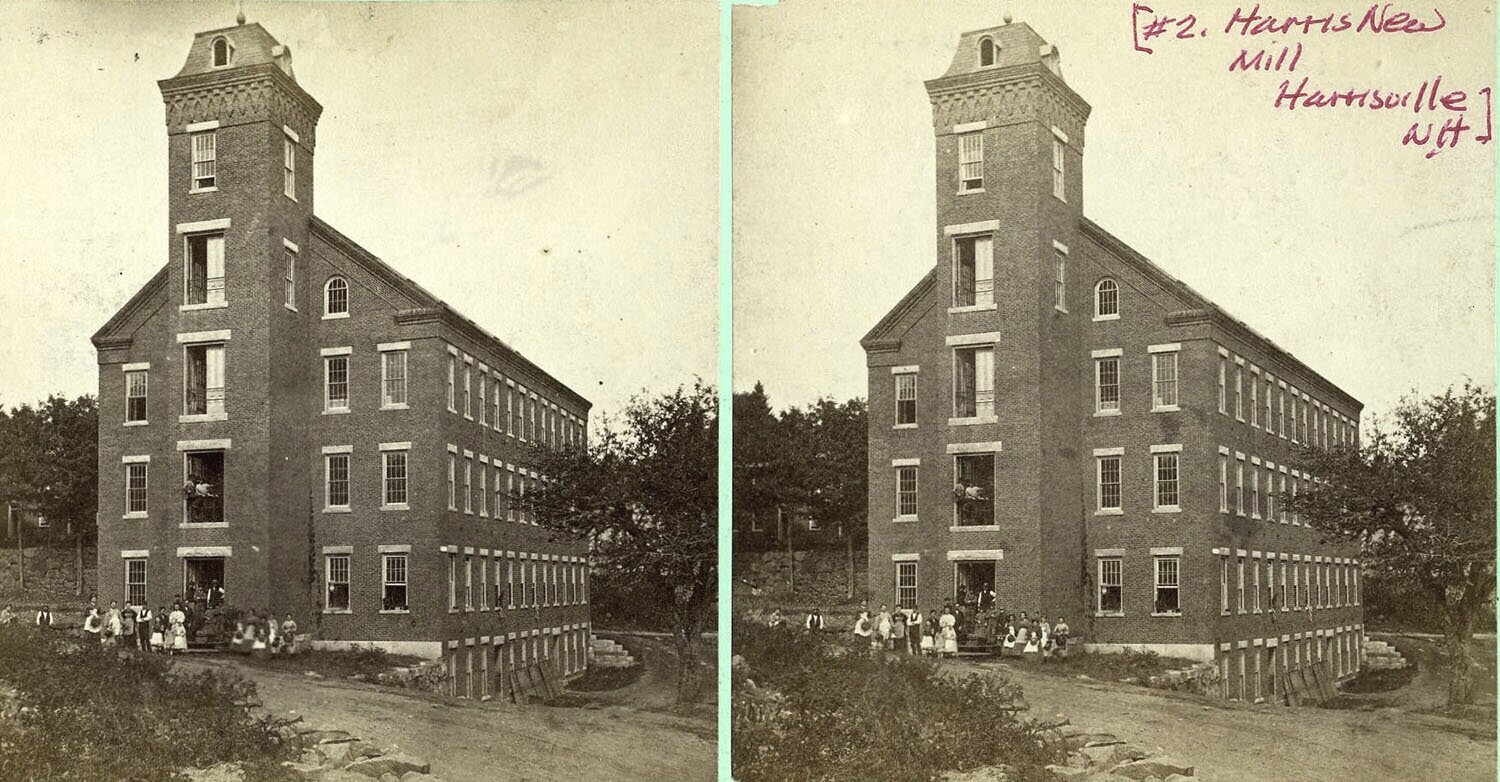






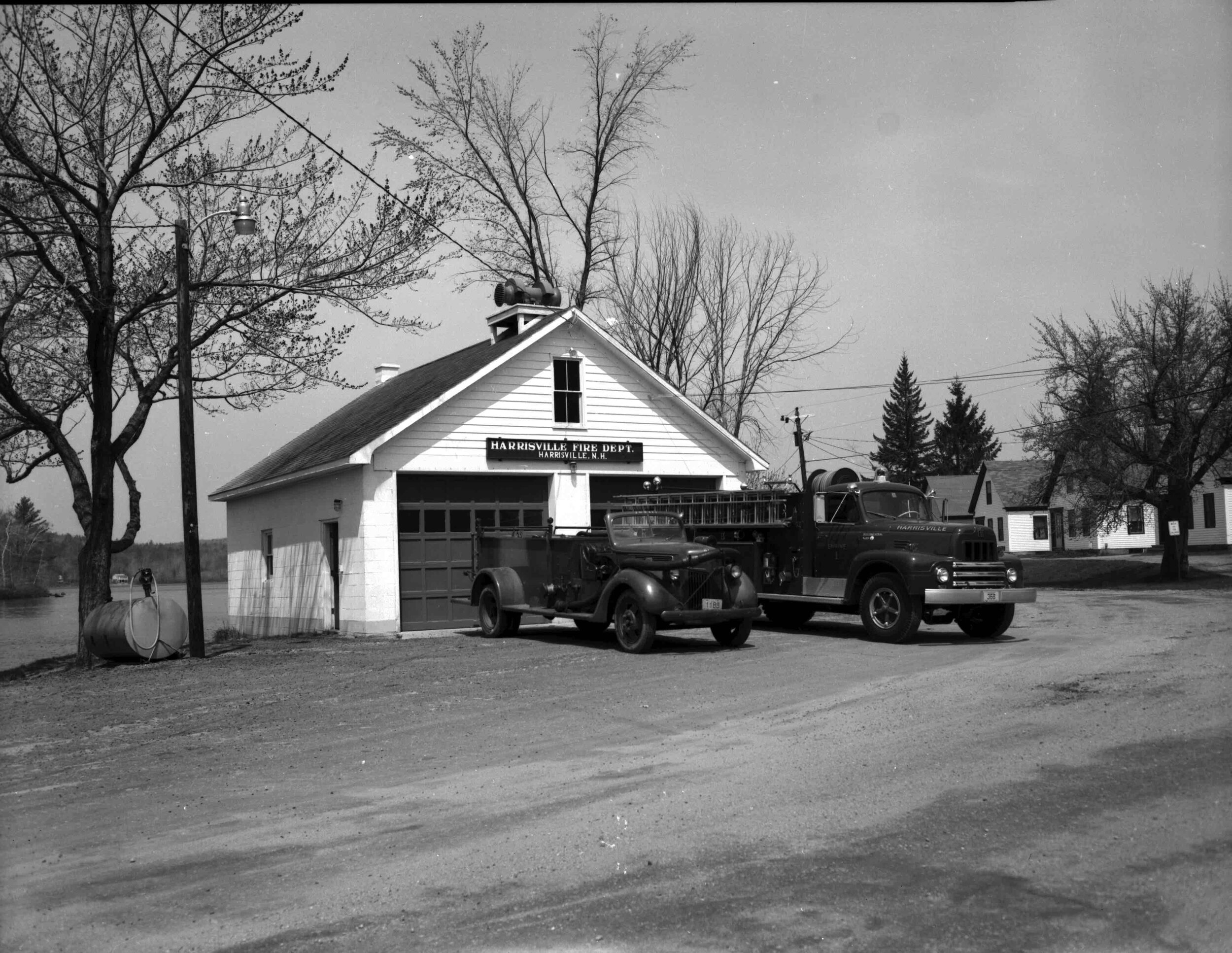



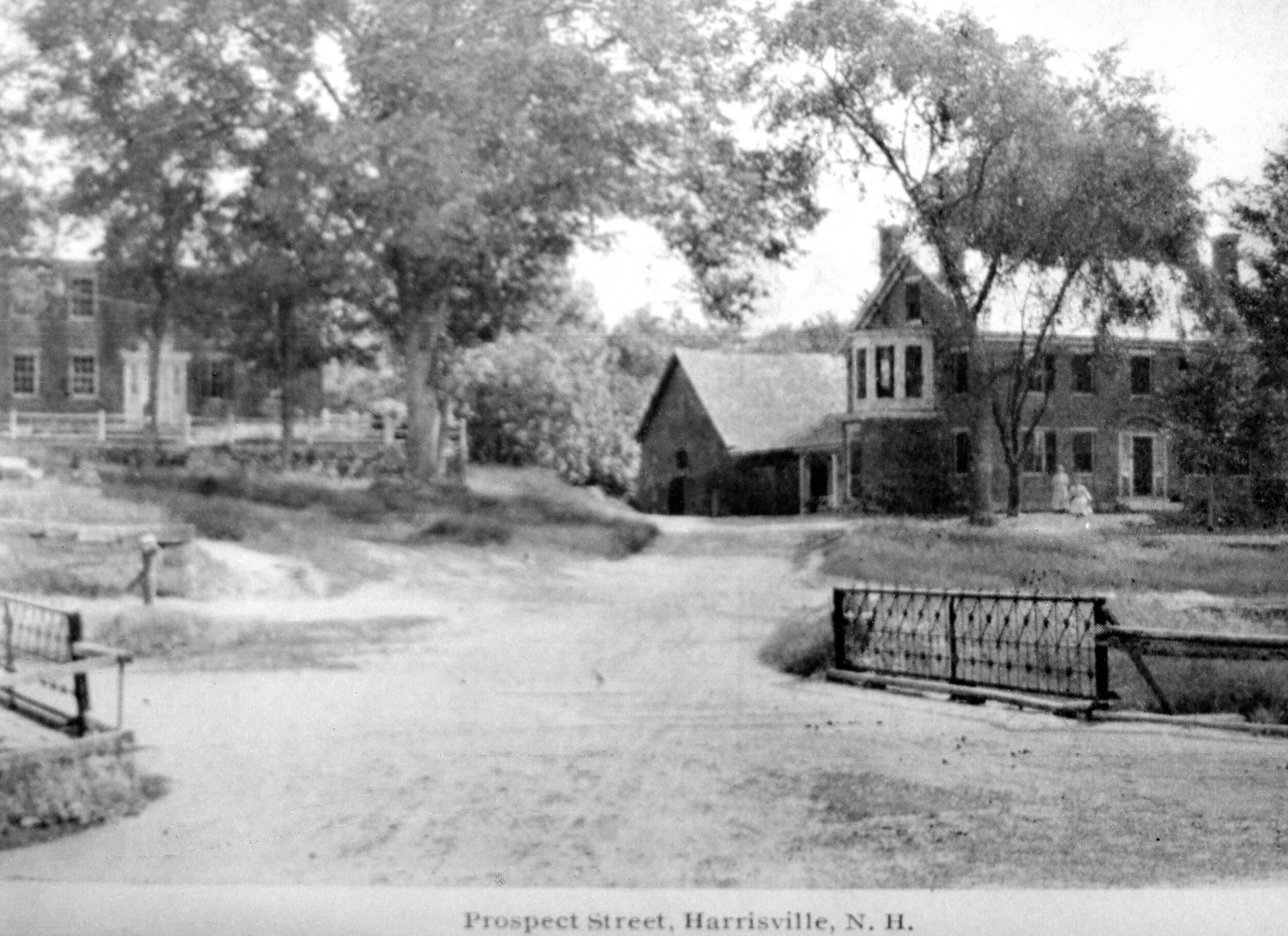




In 1881 Charles Asa Blake, of Jaffrey, bought the Union Hotel at the western entrance to Harrisville village, which had been a place of lodging since the late 1860s. Blake reopened it as “Nubaunsit House.”